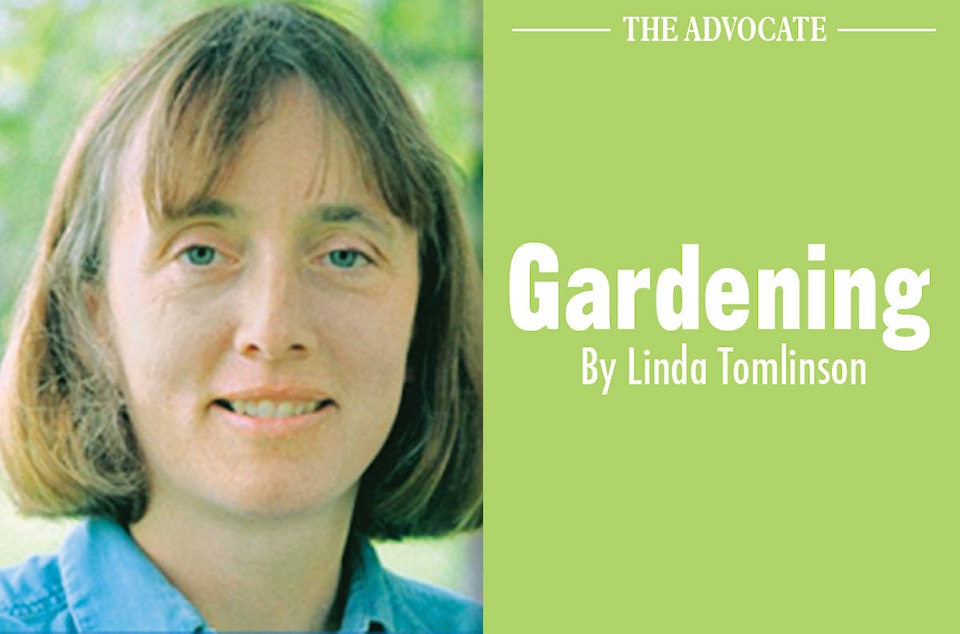When winter drags on the desire to start bedding-out-plants increases with the desire of spring. It takes patience to wait until the correct time to start inside plants. Start too early, and the plants either become spindly and die, or they are hard to transplant. Anyone that has transplanted a 4 foot tomatoes understands this challenge.
Web sites give lists of when to plant seeds but before following them take the following into consideration: The location of the author, and who they were developed for, the home gardener or commercial grower. The last frost in spring, and number of frost free days differs between communities within the province let alone further afield. Seeding times must be adjusted accordingly. Commercial greenhouses cater to the consumer who wants to purchase their plants starting the first of May just in case the variety they seek is sold out. People who grow their own plants do not run this risk. As the majority of people who start their own plants cannot match the controlled atmosphere of a commercial operation smaller plants are better. Large plants tend to have weak stems. Dates between the commercial grower and the home grower can differ by two weeks.
Planting and setting out dates are not set in stone. They change with the planting location, seed variety, the year and if anyone is prepared to cover plants when there is a danger of frost.
For the most part deciding when to plant seeds is as simple as counting back weeks from the average set out date.
Geranium and fuchsia cuttings should be taken before the end of February as they need to develop roots and new growth before being set outside.
Perennials and other plants that take time to germinate and are slow growing are usually planted early as it takes between 10 – 12 weeks for many varieties to be large enough to be planted out. In Central Alberta this means planting in February.
The suggested time for tomatoes is 6 – 8 weeks. People that have good lighting and are willing to transplant the tomatoes into larger containers can start earlier. This is especially true for tumblers and varieties that will be kept in pots.
Peppers, celery, and seed onions are usually planted 8 weeks before set out.
Recommendation for cruciferous, cabbage, kale, broccoli, Brussel sprouts, kohlrabi or cauliflower, is 4 to 6 weeks. Short season varieties of cruciferous can be planted directly in the garden. These plants are cool season crops that continue to grow into the fall regardless of light frosts.
If cucumbers are being transplanted and not sown directly into the garden, plant about 4 weeks before the transplant date. Note that cucumbers hate to have cold feet which means do not plant until the soil warms. Transplanting can be tricky but they seem to do best when transplanting takes place early in the morning or evening when the roots are not exposed to direct sunlight. Plants and or seeds can be placed in the ground earlier if the ground is warmed with black plastic or a polyspun cloth.
Pumpkin, squash, and melons should be seeded 3 to 4 weeks before being set out. Larger plants do not transplant well. Warming the soil and planting seeds under plastic or a polyspun cloth can provide the same results as a transplant. It helps to purchase varieties that mature quickly and to pollinate the flowers.
Corn can also be started inside 2 – 4 weeks before the last frost. Planting corn inside too early can result in the plants maturing at a short height and not producing cobs. This is another vegetable that can be directly seeded into the ground when short season varieties are chosen.
All seed packages should list the average time it takes a plant to mature from germination. The amount of days on the package starts when the soil is warm enough for the seeds to germinate which is usually later than when the soil can be worked. They do not include cold wet days when the plants survive but do not grow.
Linda Tomlinson is a local gardener that can be reached at your_garden@hotmail.com
